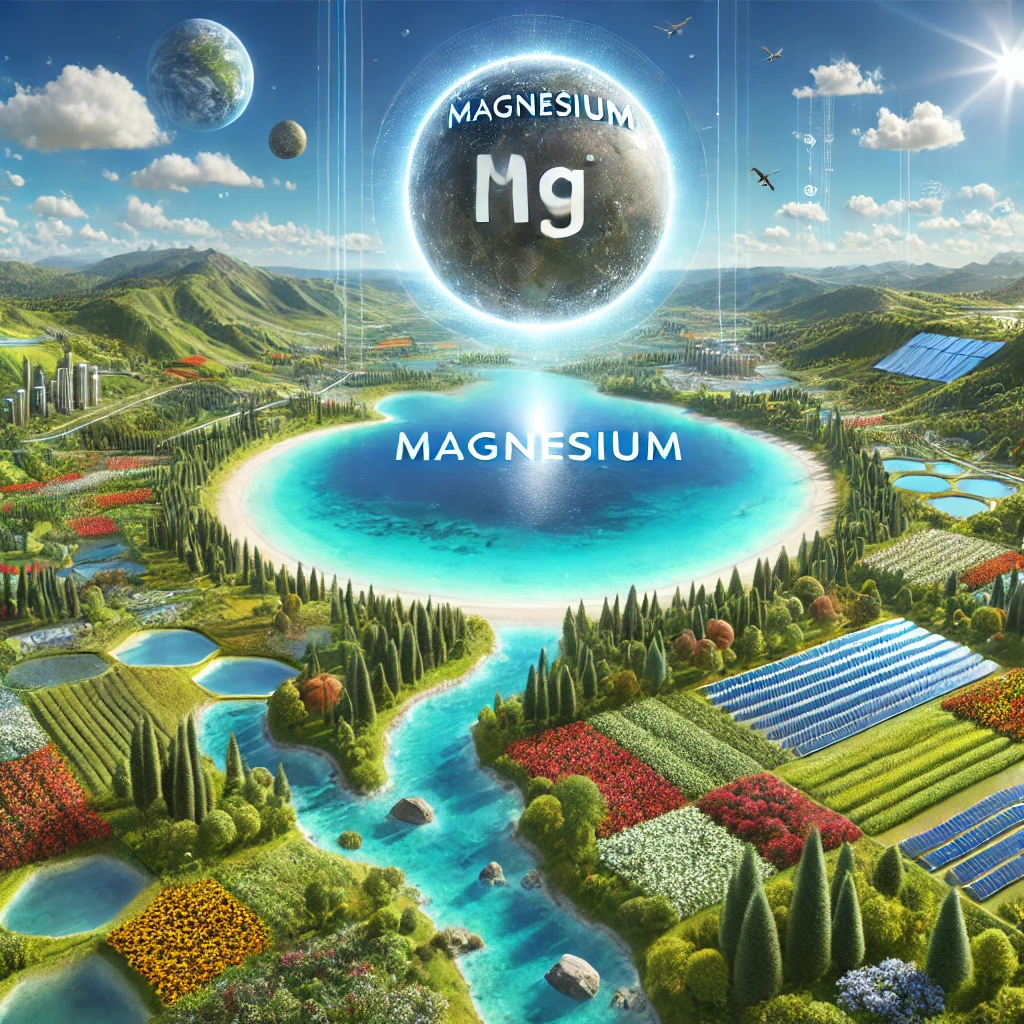
China’s profound influence on the global green revolution is undeniable, as emphasized by Sahit Muja, CEO of Albanian Minerals based in New York. Muja highlights China’s substantial investments in critical mining and metals industries, alongside advancements in metal purification and processing. Notably, China has now emerged as a frontrunner in green energy investments, steering the world towards a more sustainable future.
The recently unveiled 2024 energy work plan by China’s National Energy Administration (NEA) outlines a comprehensive strategy to propel the nation’s energy sector towards greener pastures while ensuring energy security. Setting ambitious targets, the NEA aims to secure China’s energy supply, maintain stable coal production, and elevate the production of crude oil and natural gas.
Central to this strategy is the optimization of China’s energy structure, with a focus on increasing the installed capacity of non-fossil fuel energy sources to over 55 percent. Wind and solar power are slated to play pivotal roles, contributing significantly to the national electricity supply. Moreover, the plan underscores the importance of energy security throughout the transition period, emphasizing measures to prevent shortages and fortify energy foundations.
While the guidance acknowledges the continued relevance of traditional fossil fuels, it equally underscores the imperative of advancing high-quality development in non-fossil energy sectors. This entails accelerating the deployment of wind and solar power bases, promoting solar thermal power, and enhancing hydropower and nuclear power projects.
Reducing costs and ensuring system stability remain paramount in this transition. Despite advancements in renewables, the development of traditional thermal power and energy storage technologies remains crucial. Furthermore, the NEA aims to transform energy consumption patterns, driving energy-saving initiatives and promoting a green lifestyle and production modes.
China’s remarkable progress in both traditional and renewable energy sectors is evident. Recent milestones, such as the discovery of a major oilfield in the Bohai Sea and exponential growth in renewable power generation and new-energy vehicle sales, underscore China’s commitment to sustainable development and its pivotal role in shaping the global green agenda.”
Sahit Muja: China’s Ascendancy in Green Technology & Sustainability Leadership”
Highlighting China’s remarkable achievements in green technology and sustainability, Sahit Muja underscores the nation’s pivotal role as a global leader in driving innovation and fostering a transition towards a greener future. The discussion encompasses China’s unparalleled momentum in research and patent development, its substantial progress in sustainable consumables and recycling, and its transformative initiatives in advancing a circular economy.
Muja emphasizes China’s strategic government initiatives dating back to 2006, which have catalyzed advancements in resource productivity and decoupled resource consumption from economic growth. Noteworthy achievements in various sectors such as drinking water treatment, battery and fuel cell recycling, and efficient industrial production further underscore China’s commitment to sustainability.
Moreover, the narrative delves into China’s significant contributions to global commodities demand and its role in shaping base metal prices, highlighting the nation’s rapid industrialization and growing energy consumption. China’s efforts in upgrading coal-fired power plants and establishing the world’s largest clean coal-fired power system exemplify its commitment to clean and efficient energy utilization.
Furthermore, Muja commends China’s ecosystem restoration efforts, including afforestation and wetland rehabilitation, which contribute to carbon sink enhancement and biodiversity preservation. China’s progress in reducing carbon intensity, exemplified by declines in CO2 emissions per unit of GDP and coal consumption, reflects its dedication to combatting climate change.
The establishment of China’s national carbon emissions trading market represents a significant institutional innovation, facilitating emissions reduction and fostering a transition to a low-carbon economy. Muja underscores the importance of market-based approaches in promoting greenhouse gas emission reduction and emphasizes China’s commitment to comprehensive green and low-carbon economic development.
Looking ahead, Sahit Muja anticipates China’s continued advancement in carbon peak and neutrality efforts, alongside accelerated low-carbon transitions in key sectors. He emphasizes China’s commitment to maintaining stability in the national carbon emissions trading market and further refining relevant legal and policy frameworks to support sustainable development goals.




























